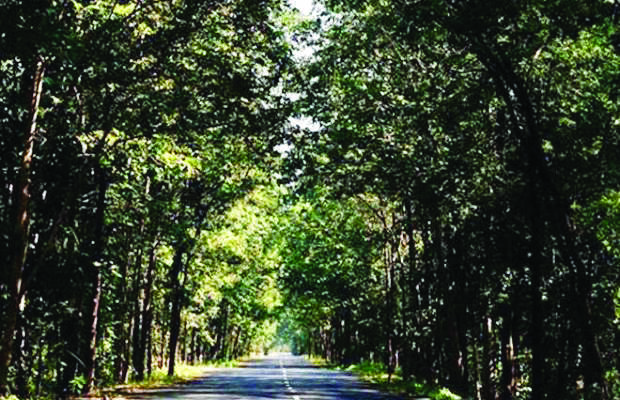72-81% saplings planted b/w 2016 and 2019 have survived: Report

New Delhi: Even as a latest audit report showed that of the 62 lakh saplings planted in Delhi in three years, 72 per cent to 81 per cent have survived, the same audit found that most of the ones that did not make it was because of wild animals and stray cattle damaging them.
The study was conducted last year and covered the saplings planted in Delhi between 2016 and 2019.
The survival rate stood at 80.21 per cent in the North division. In the West division, 78.5 per cent of the saplings survived in the Alipur range and 75.68 per cent in the Najafgarh range. In the South division, the survival rate was 72 per cent in Mehrauli, 76 per cent in Asola Bhatti phase I and 81.33 per cent in phase 2.
The study was conducted by the Dehradun-based Forest Research Institute. In addition, the audit found that soil and water conservation measures were not adopted at a majority of the places.
The FRI report said "records of plantation sites were not presented or shown to survey teams".
"This is a serious problem with respect to monitoring and future implementation of the activities. Only the number of plants, names of the sites and GIS maps were shown," the FRI said in a report submitted to the Delhi forest department.
"At many sites, the plants were found damaged due to wild animals and stray cattle. Measures need to be enhanced to provide protection to the newly planted saplings," the report accessed by newswires read.
It was also found that soil and water conservation measures were "feeble considering the fact that such measures were not adopted at majority of the sites", the FRI stated.
Soil and water conservation measures are important to enhance the productivity of the land, recharge the water table and improve the water regime at the plantation sites.
In the long run, such measures play a significant role in improving the survival rate of plantations by improving productivity and increasing soil moisture content.
"It would be prudent if the soil and water conservation component is compulsorily included in the plantation programmes and annual work plans," the report said.
Although the findings of the plantation audit presented an "encouraging" picture, it was also observed that GIS-based planning was not adopted for taking up plantation and soil and water conservation activities at the sites selected for the plantation.
"With the simple and easy-to-use GIS-based technology, it becomes very easy to map all plantation patches for further review, monitoring and assessment on a regular basis," the report by the Silviculture and Forest Management Division, FRI, said.
The FRI team also raised concerns about the risk of damage to the plantations in the summer season due to fire, and said it is necessary to provide forest fire control tools to the field staff in Delhi and train them to handle such emergencies.
"The plants raised on the bank of the Yamuna River
are also prone to damage by flood during the rainy season," it said. with pti inputs



